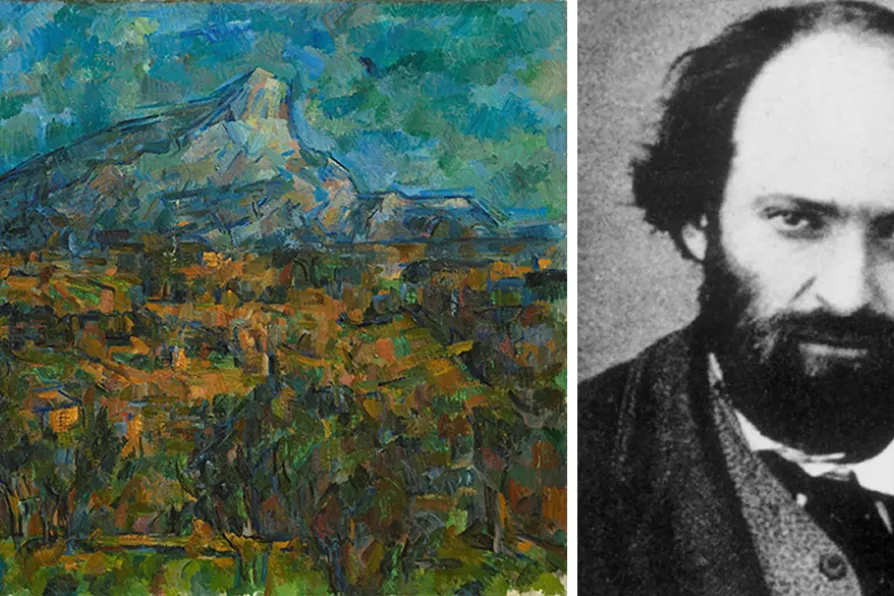GEOFF BOTTOMS appreciates the local touch brought to a production of Dickens’s perennial classic

 (Left) One of the last versions of Mont Sainte-Victoire painted in 1906 the year of his death; (right) Paul Cezanne, September 12 1899
[Wikipedia]
(Left) One of the last versions of Mont Sainte-Victoire painted in 1906 the year of his death; (right) Paul Cezanne, September 12 1899
[Wikipedia]
FOR 18 years, between 1888 and 1906, Paul Cezanne kept returning to the Mont Sainte-Victoire, fascinated by the rugged, bare rock face of this 1,011-metre-tall mountain near his home town of Aix-en-Provence at the foot the southernmost tip of the Alps.
He may not have climbed it once, but in its shadow he did relentlessly reach for a different peak — an ultimate rendition of an infinitely complex visual experience.
“Look at Sainte-Victoire there. How it soars, how imperiously it thirsts for the sun,” he once commented. “For a long time I was quite unable to paint Sainte-Victoire; I had no idea [how] to go about it.”

JOHN GREEN welcomes a remarkable study of Mozambique’s most renowned contemporary artist

A novel by Argentinian Jorge Consiglio, a personal dictionary by Uruguayan Ida Vitale, and poetry by Mexican Homero Aridjis

LOUISE BOURDUA introduces the emotional and narrative religious art of 14th-century Siena that broke with Byzantine formalism and laid the foundations for the Renaissance











